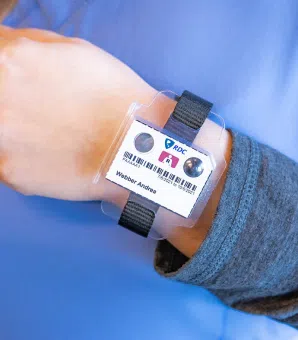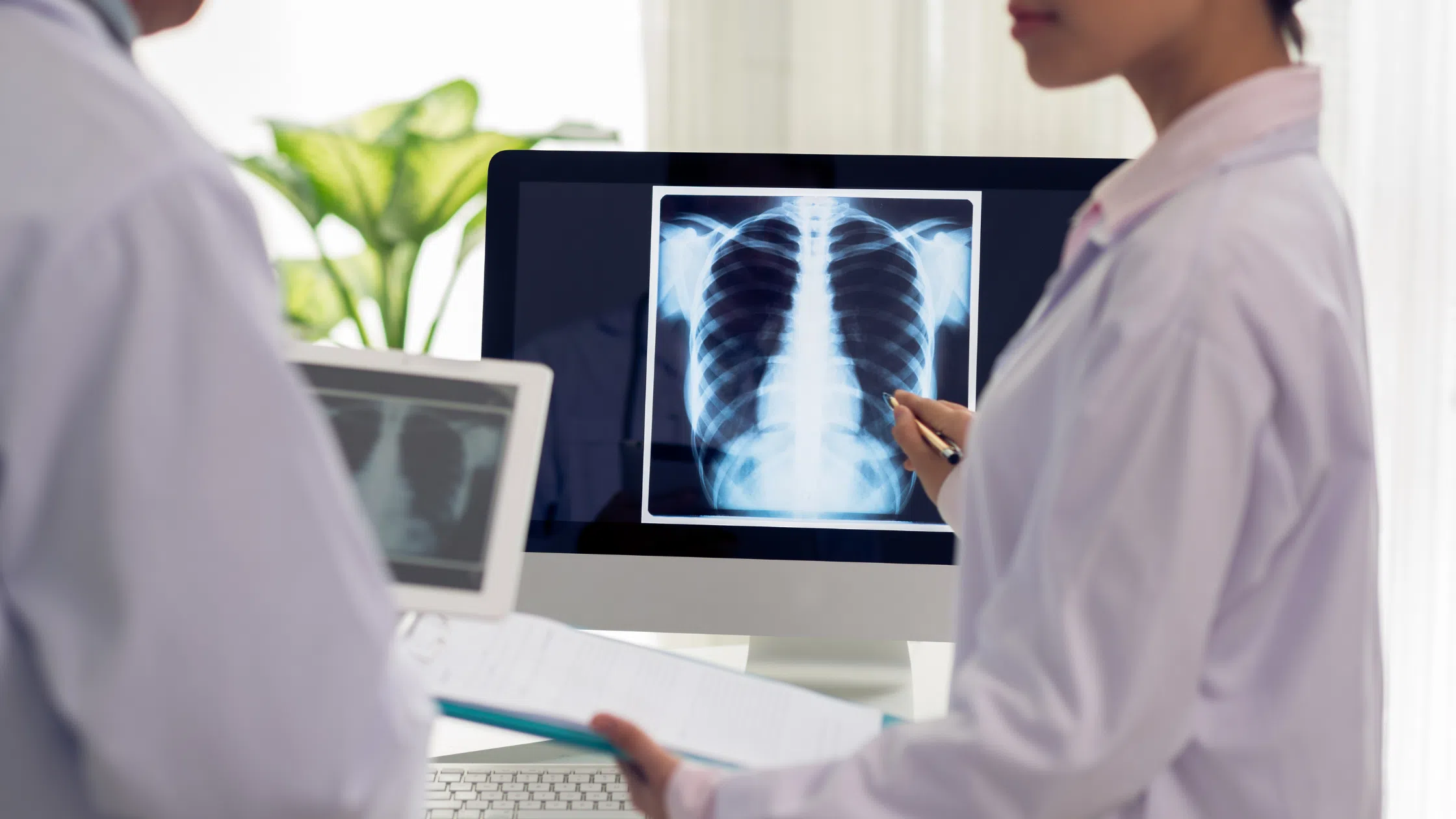
Dosimeter badge services for medical, dental, and veterinary businesses
Learn how Radiation Detection Company’s easy-to-use dosimetry solutions can boost the efficiency of your practice.
Exposure to high levels of radiation can cause both short-term and long-term health effects. For this reason, radiation safety and taking the necessary precautions to monitor and minimize potential exposures is extremely important. In this article, we will explore the many dangers of radiation exposure.
We hope you find this article informative, and as always, we look forward to hearing your feedback!
The most common source of radiation exposure is background radiation. Background radiation is something the human body is accustomed to dealing with all the time, as it makes up the majority of radiation exposure to humans.
Our bodies are equipped to deal with these low levels of daily exposure, most of which comes naturally from minerals. This radioactive material can be found in the ground and soil, water we consume, food that we eat, and our bodies themselves. There are over 60 naturally occurring radioactive materials found in soil, water, and air. Cosmic Rays can also contribute to background radiation.
On the other hand, there are also sources of radiation that are actually man-made, including x-rays, radiation therapy (to treat cancer, for example), and electrical power lines.

Ionizing radiation possesses sufficient energy to affect the atoms in living cells and damage their genetic material, or DNA. It achieves this by breaking the bonds that hold together groups of atoms called molecules. You'll remember that ionizing radiation includes x-rays and gamma rays, alpha and beta particles, and neutron radiation.
Radiation exposure can be either internal or external and can be acquired through various pathways of exposure.
Internal exposure to ionizing radiation takes place when a radionuclide is inhaled, ingested, or enters the bloodstream (i.e., an injection, or through a wound absorption).
An external exposure can occur when airborne radioactive material (like dust, liquid, or aerosols) accumulates on skin or clothes. This type of radioactive material can usually be removed from the body simply by washing it off. Other external exposure includes radioactive sources on X-ray generating devices.
Ionizing radiation exposure occurs most commonly through the use of diagnostic medical exams. Medical exams that use ionizing radiation include:
Too much radiation results in the changing of cell structure and damage to DNA. This has the potential to cause serious health problems, including increased cancer risk. The degree of damage caused depends on many factors, including:
A fetus is most vulnerable to the effects of absorbed dose, especially the first 6 weeks of the gestation period. Infants, children, older adults, pregnant women, and those with compromised immune systems are more inclined to experience negative health effects than healthy adults. The cells in fetuses and children divide extremely rapidly, which provides more opportunity for radiation to disrupt this process and cause cell damage. Which is why fetal limits are 10x lower than the occupational dose limit.
Exposure to low doses of radiation does not cause immediate health effects. However, over time it can cause a minimal increase in the cancer risk over a lifetime.
Another effect of radiation exposure is called a Cutaneous Radiation Injury (CRI). As the U.S. Centers for Disease Control and Prevention describes, a CRI happens when exposure to large radiation doses causes injury to the skin. A doctor would suspect the presence of a CRI when a skin burn develops on someone who was not exposed to a source of heat, electrical current, or chemicals.

Acute Radiation Syndrome, or ARS, is also referred to as radiation toxicity or radiation sickness. Acute Radiation Syndrome is an illness caused by irradiation of the entire body - or at minimum most of the body - by a very high dose of penetrating radiation in a very short period of time (usually only a matter of minutes).
It takes an extremely high radiation dose to cause ARS, more than 0.7 gray (70 rad) which is –14 times the deep dose limit for occupational workers in merely minutes. For reference, this level of radiation is the equivalent to receiving the radiation from 18,000 chest x-rays distributed over your entire body in a few minutes.
When Does Radiation Sickness Occur?
Acute Radiation Syndrome is very rare, and usually only occurs in an accident or emergency. Some examples of those who have suffered from ARS in the past are the atomic bomb survivors of Hiroshima and Nagasaki in 1945, as well as the first responders to the Chernobyl Nuclear Power Plant in 1986 and Fukushima.
In the short term (within hours following exposure), Acute Radiation Syndrome can cause symptoms such as nausea and vomiting. Over the longer term, ARS can result in death in the days or weeks following the exposure event.
Maintaining an environment focused on occupational safety is crucial for your team. Developing and implementing a radiation safety program is a best practice for protecting personnel from ionizing radiation. To learn more, please refer to one of our recent blogs titled, "Radiation Safety Programs: A Comprehensive Guide."
Radiation Detection Company has 75 years of experience in assisting companies in preventing occupational radiation exposure. We have worked with over 28,000 companies nationwide to provide quality dosimetry services and radiation protection.
Want to learn more about RDC’s dosimetry options? Please visit our Solutions page to view our full suite of offerings.
Have a question that we did not address in this article? Please take a moment to reach out to our Customer Care team, and one of our specialists will be more than happy to assist you.
Learn how Radiation Detection Company’s easy-to-use dosimetry solutions can boost the efficiency of your practice.
